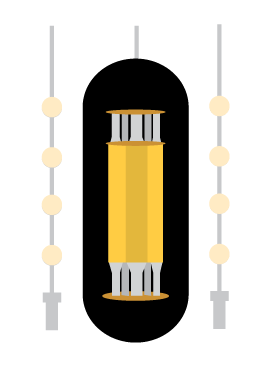Projects

IceCube
The IceCube Neutrino Observatory is a particle detector at the South Pole that records the interactions of a nearly massless subatomic particle called the neutrino. IceCube searches for neutrinos from the most violent astrophysical sources: events like exploding stars, gamma-ray bursts, and cataclysmic phenomena involving black holes and neutron stars.
Visit the IceCube project website at: http://icecube.wisc.edu

ARA
The Askaryan Radio Array (ARA) is a radio detector array, currently under development at the South Pole, designed for the detection of ultrahigh-energy cosmic neutrinos. The goal is to detect the cosmogenic neutrino flux at energies above 1017 eV.
Visit the ARA project website at: http://ara.physics.wisc.edu

HAWC
The High-Altitude Water Cherenkov (HAWC) experiment in Mexico is a new initiative at the crossroads between particle physics and astronomy. Its main goal is to survey the northern sky for steady and transient sources of high-energy gamma rays and thereby help discover the sources of Galactic and extragalactic cosmic rays.
Visit the HAWC project website at: http://hawc.physics.wisc.edu

DM-Ice
Dark Matter-Ice (DM-Ice) is searching for dark matter in the Southern Hemisphere. The goal is to perform a search for dark matter using the time variation resulting from the motion of the detector relative to the dark matter halo as a signature. If confirmed, the observation would revolutionize our understanding of particle physics and cosmology.
Visit the DM-Ice project website at: http://www.physics.wisc.edu/~maruyama/
